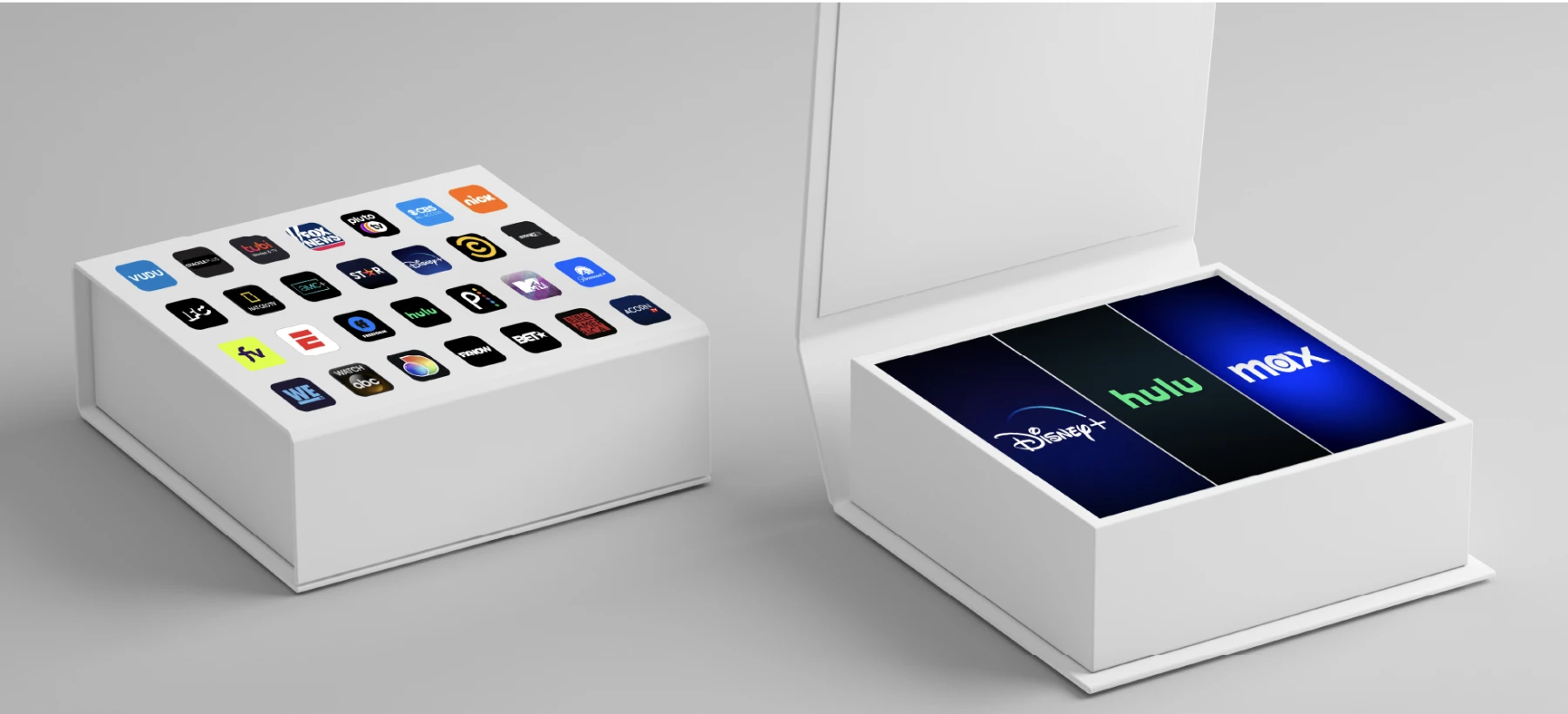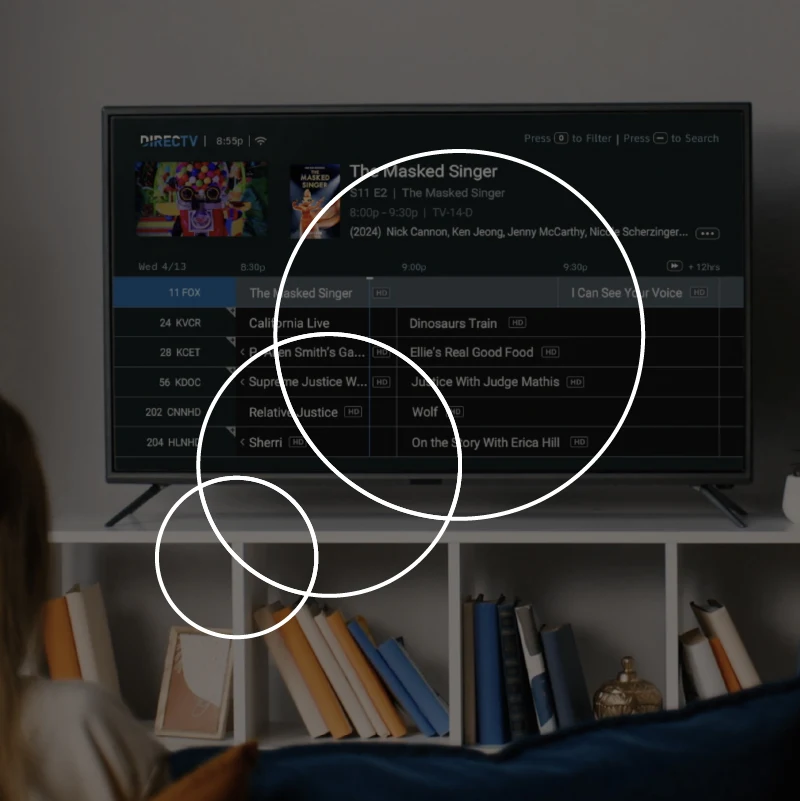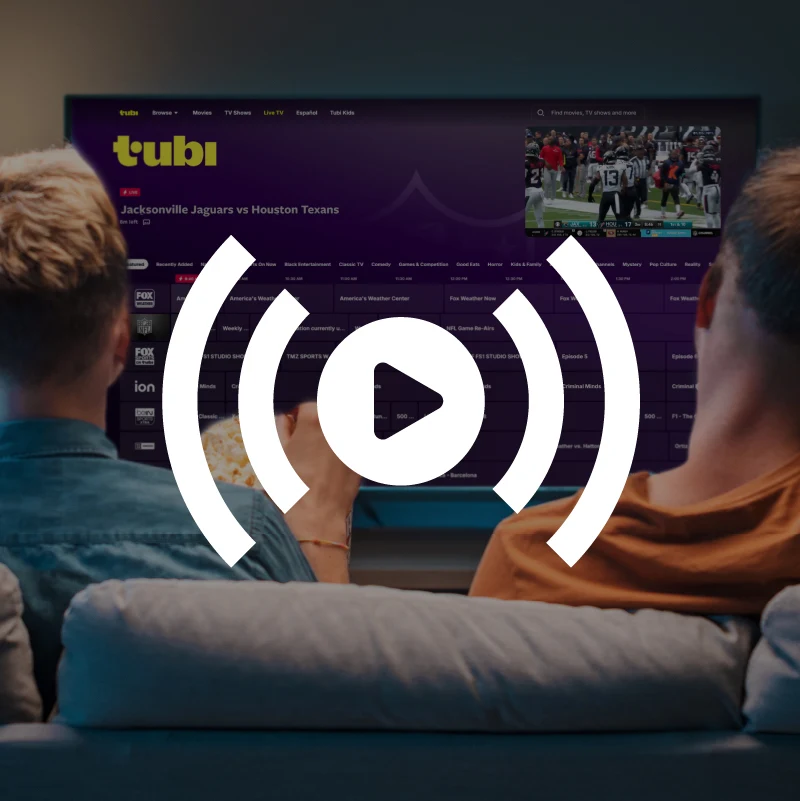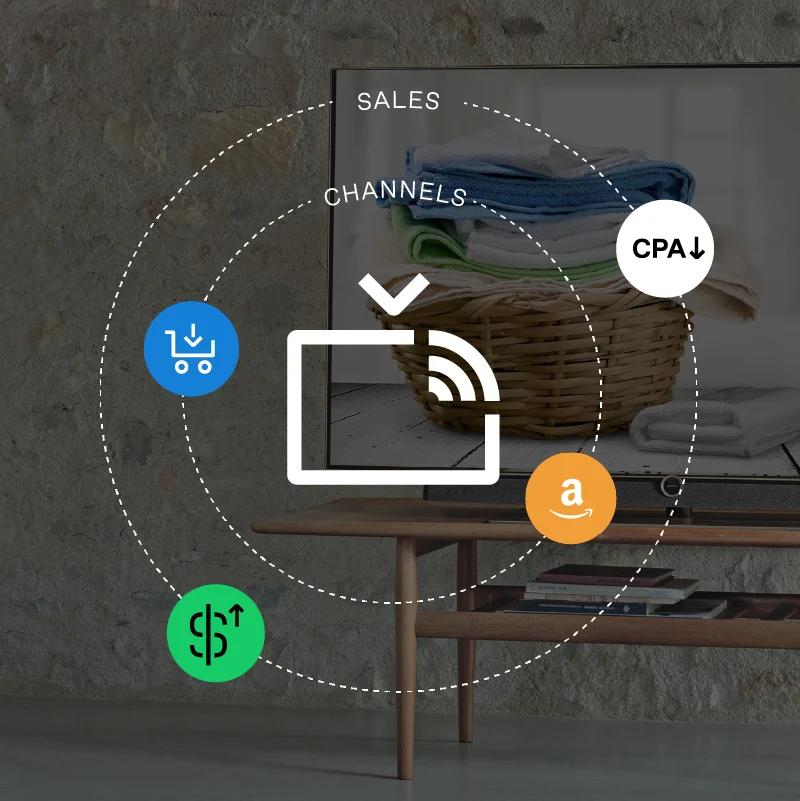
Ozempic for the Cable Industry: From Large to Skinny Bundles
Before the advent of streaming, the music industry was a bundle-based business focused on selling compact discs (CDs). Hit songs were packaged with a bunch of mediocre ones, filling an 80-minute CD and allowing the labels to keep high prices.
If that sounds familiar, it’s because cable TV has operated much the same way (and has outlasted the CD). Operators sell bundles of networks so that flagship expensive sports programming is packaged with channels full of less interesting (and cheaper) TV. This forces consumers to pay the same higher price, even if they don’t want 80% of the channels or programs. Meanwhile, the cable operators are held to minimum penetration requirements, meaning that the networks force cable operators to sell this bundling model to the majority of subscribers.
This model has worked like a charm for years, allowing media conglomerates like Disney to pull in carriage fees in excess of $2 billion per year from just one satcaster. Yet the TV industry is facing a one-two punch that will destabilize this model forever, and potentially force advertisers to shift their strategies as well.
The first blow is an obvious one. Streaming TV has put this lucrative carriage model at the brink of collapse. Low to medium TV watchers are comfortable canceling their $100 cable packages and subscribing to what they can get from paid streaming services like Netflix and free ones like Tubi, among others.
Mass media companies are reeling as a result. For every 1 million households that cancel their pay TV subscription, Disney loses about $120 million in carriage revenue annually, according to some estimates. At that scale, the 6.9 million subscribers who cut the cord last year wiped out $828 million from Disney’s bottom line. Cables companies will lose another 3.5 million subscribers in 2024. We are talking about billions of dollars, and the bleeding isn’t going to stop.
The second punch is the sales model. Streaming technology allows the networks to go direct-to-consumer without the need to rent a cable box or climb the rooftop to install an antenna. This was put to the extreme when WBD, Fox, and Disney announced Venu. Venu is (was?) the best example to date of networks wanting their cake (carriage fees) and eating it, too (by bypassing the cable operators). Fubo cried foul, and the courts swiftly sided with them.
Where do we go from here?
Distributors want skinny bundles where they only pay carriage fees for what their subscribers want. The networks seemingly care less about viewers. They want revenue, or more accurately, they want to stem the decline in carriage revenue that is happening as a result of households cutting cable.
Gauging consumer interest in this game of high stakes is not easy, and it’s nearly impossible for any actor in the play to make a decision. As shown in the chart below, if the entire industry dropped the old model and allowed skinny bundles, would it lead to renewed interest from viewers who want smaller and cheaper cable bundles (the green line)? Or would skinny bundles simply accelerate the decline of the carriage model and push revenues to the very bottom (the red line)?
The viewer will decide, and advertisers need to follow
No matter how much wrangling we see from Disney and other networks, it’s not the networks who will decide the future of TV. It’s the consumer. Right now, we don’t know whether consumers want the large bundle (with its choice and ease of consumption), or the skinny bundle (with less choice but lower cost).
Choosing the skinny bundle, however, will fragment the TV landscape even more. The rise of ad-supported streaming and FAST channels has already forced advertisers to adopt new strategies for reaching cord-cutter and cord-never viewers.
Skinny bundles would force brands and agencies to work even harder in order to cobble together mass reach (and replicate what they had during the older cable era). This will be difficult and expensive, and managing ad frequency would be even harder. If there were anything alleviating this, it’s that we are starting to see a “re-bundling” of streaming DTC businesses with the cable packages (albeit with questionable success).
Watching the future
TV remains unique in that it provides an engaging audio-visual message to the consumer, but reach is arguably just as important to advertisers. While more choice may be good for consumers – and may even lead to greater loyalty and lifetime value – advertisers need to carefully track this evolution and adjust their strategies accordingly. Those looking for true reach will need to get comfortable paying premiums for this kind of programming, such as live sports, if they want to succeed going forward.

Philip Inghelbrecht
I'm CEO at Tatari. I love getting things done.
Related
Why Linear TV Remains an Effective Advertising Strategy
In today's era of streaming TV, the enduring power of linear TV can easily be overlooked. While platforms like Netflix and Hulu dominate the market, traditional television continues to engage a vast and valuable audience.
Read more
Today, 25% of CTV Ad Inventory Can Only Be Purchased Via Linear TV
Only a quarter of CTV ad inventory can be purchased through just linear TV, yet linear TV still accounts for over half of all viewing. As a result, it is important that advertisers consider both linear and streaming when building out their media plans.
Read more
How a DTC Brand Used Tatari's TV Advertising to Drive Revenue and Business Outcomes on Amazon
An eco-friendly cleaning product company found that TV advertising boosts Amazon sales, as confirmed by Tatari's analysis. This approach revealed that TV not only drives direct sales but also enhances customer acquisition across channels, underscoring its importance for DTC brands.
Read more


